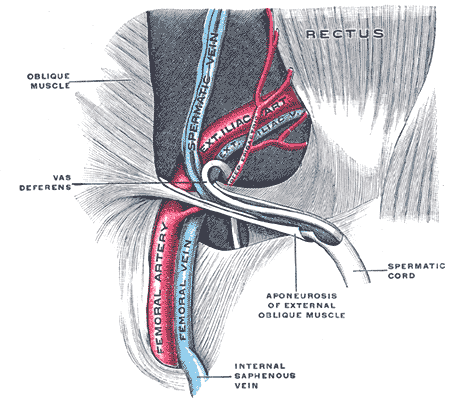It's kind of crazy how quickly we forget that hockey is an intense, physical game played at a high velocity on ice with players wearing sharpened skate blades. It's almost amazing how few injuries occur directly related to skate blades. However, some still occur, the most famous of which are:
- Clint Malarchuk - skate severed his jugular vein, required 300 stitches, lost 1/3 of his blood
- Richard Zednik - skate cut his external carotid artery (but did not severe it), lost 5 units of blood
- Erik Karlsson - the 'controversial' incident occurred last season on February 13th when Matt Cooke's skate blade severed Karlsson's achilles tendon requiring surgery
- Taylor Hall - deep cut to the face requiring 30 stitches (resulted in this beautiful picture of Hall).
Last night, during the second period of the Philadelphia Flyers/New Jersey Devils game, Brayden Schenn suffered a cut after an errant skate blade from Zubrus when across his lower body. Schenn went for the hit on Zubrus who fell to the ice, making his legs and skate blades come up and cause contact to Schenn's body. Video of the incident below:
Schenn went to the bench and the trainer was lucky to find just a cut across his lower stomach/oblique area. Schenn was bandaged up and was back only a few minutes later. Schenn ended up scoring the winning goal in overtime for the Flyers.
The scary (but lucky) part is where Schenn was cut. Schenn was cut in a pretty vulnerable area, had the cut been any lower, key arteries and ligaments could have been damaged.
Luckily, the cut wasn't deep enough or close enough to some really important areas. The cut appears to be slightly above the inguinal ligament. This ligament supports the region around the groin, containing soft tissues. The inguinal ligament also prevents an inguinal hernia (most common type of hernia), which is a protrusion of an organ into the muscles of the groin (outside the organ's cavity wall which contains it). Additionally, several structures pass deep to the inguinal ligament, including:
One of the most important things to remember is how close the cut was to the external iliac artery which connects to the femoral artery further down (both under the bone). Had the skate cut at an awkward angle or much deeper, Schenn would have been in serious trouble. The external iliac artery and it's associated vessels supply blood to the pelvic organs, gluteal region, and legs (the iliac arteries terminate in the femoral artery supplying blood to the legs). The affected area also contains testicular vessels and other components. Had they been cut, let's just say Schenn wouldn't be having kids any time soon.
The scary (but lucky) part is where Schenn was cut. Schenn was cut in a pretty vulnerable area, had the cut been any lower, key arteries and ligaments could have been damaged.
"Just clean that puppy up and get me back on the ice"
Luckily, the cut wasn't deep enough or close enough to some really important areas. The cut appears to be slightly above the inguinal ligament. This ligament supports the region around the groin, containing soft tissues. The inguinal ligament also prevents an inguinal hernia (most common type of hernia), which is a protrusion of an organ into the muscles of the groin (outside the organ's cavity wall which contains it). Additionally, several structures pass deep to the inguinal ligament, including:
- Muscles such as the Psoas major (hip flexor group, contributes to flexion and external rotation in the hip joint), iliacus (important for flexing the femur forward), and the pectineus (hip flexion).
- Femoral nerve, artery and vein
- Lateral cutaneous nerve of thigh (innervates the lateral thigh skin)
- Components of the lymphatic system
One of the most important things to remember is how close the cut was to the external iliac artery which connects to the femoral artery further down (both under the bone). Had the skate cut at an awkward angle or much deeper, Schenn would have been in serious trouble. The external iliac artery and it's associated vessels supply blood to the pelvic organs, gluteal region, and legs (the iliac arteries terminate in the femoral artery supplying blood to the legs). The affected area also contains testicular vessels and other components. Had they been cut, let's just say Schenn wouldn't be having kids any time soon.
Schenn is lucky, good to see him right back out on the ice and score the GWG. Sometimes it's easy to forget how dangerous skate cuts can be though. All hockey fans should be grateful they don't happen more often.



No comments:
Post a Comment